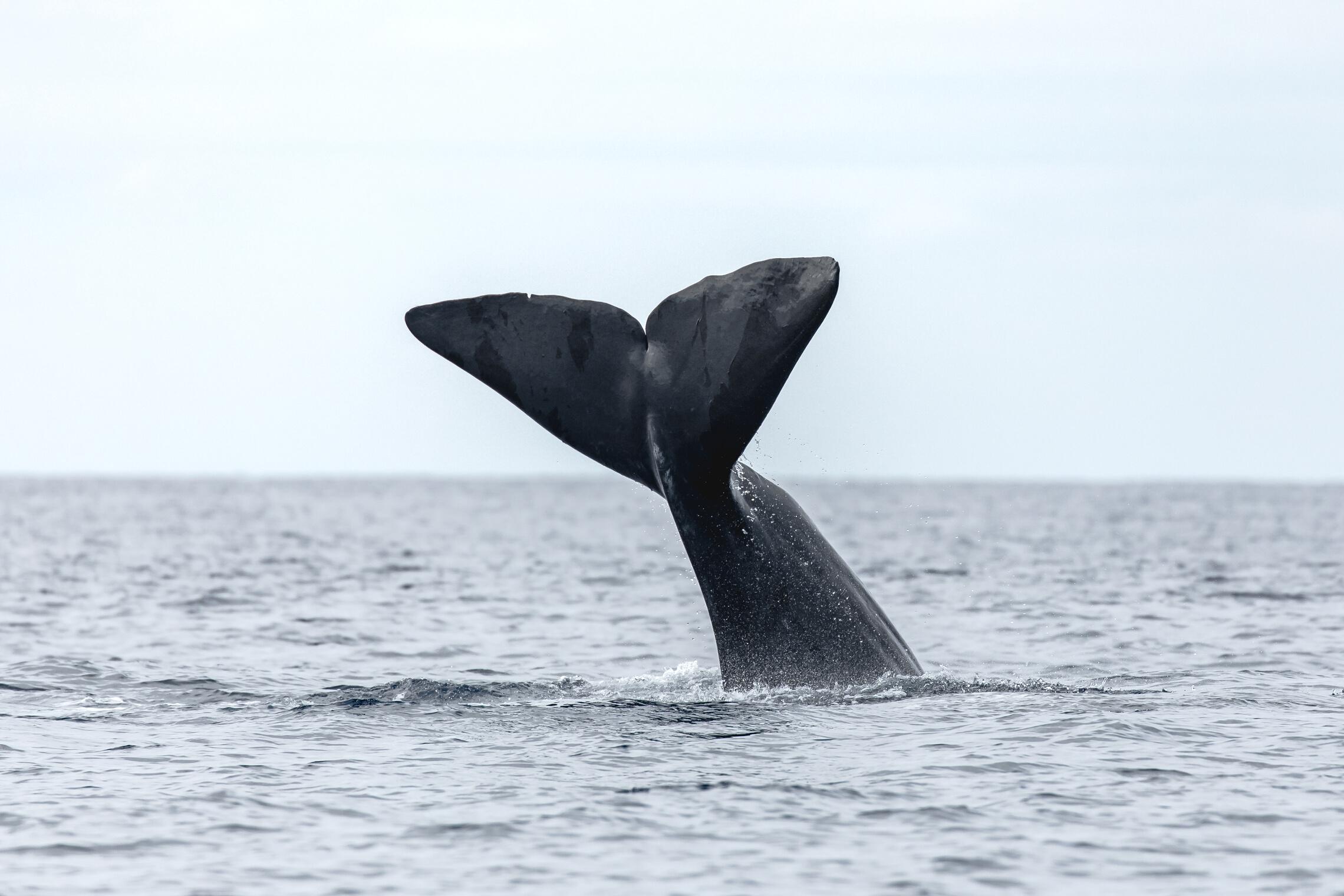
1 minute read
Marine Birds
The Azores Islands are an important breeding area for marine birds, including several Procellariiformes ("tubenoses"). The region also receives migratory and rare vagrants. Seabirds are an integral part of our coastal and pelagic ecosystems. They are frequently seen during our whale watching tours, marine birdwatching tours, and visits to Vila Franca do Campo's Princess Ring islet.
Procellariids and Terns
Advertisement


The Azores harbours the largest breeding population of Cory's shearwaters (Calonectris borealis). Not surprisingly, they were the most frequently encountered procellariids and second most sighted seabirds in 2022. We observed them foraging, resting in rafts, and feeding alongside dolphins, tuna, and other marine birds. We even spotted an individual with anomalous white speckled pigmentation!


The peak of summer and early autumn turned out to be exceptionally good for great shearwaters (Ardenna gravis). They were most likely attracted to our coast by the abundance of mackerels, sardines and other fish. During this period, we also saw a few sooty shearwaters (Ardenna grisea), Manx shearwaters (Puffinus puffinus; seen also in March), and several Bulwer's petrels (Bulweria bulwerii).
Common terns (Sterna hirundo) were the third most sighted species in 2022, but we also had regular sightings of roseate terns (Sterna dougallii). One of our favourite sights was a tern testing his luck with a tiny balloonfish!
Gulls and More
The winter months were relatively quiet, but were the most diverse in terms of gull species. Apart from the regularly sighted yellow-legged gulls, we observed blacklegged kittiwakes (Rissa tridactyla), and black-headed gulls (Chroicocephalus ridibundus)


During the year, we also recorded several other beautiful visitors, including Atlantic puffins (Fratercula arctica), long-tailed duck (Clangula hyemalis), black-necked grebe (Podiceps nigricollis), great skuas (Stercorarius skua), and northern gannets (Morus bassanus). The long-tailed duck and black-necked grebe were both spotted just outside our doorstep, inside the marina of Vila Franca do Campo!




Besides seabirds, we regularly observed shorebirds on the Princess Ring islet Ruddy turnstones (Arenaria interpres), sanderlings (Calidris alba), whimbrels (Numenius phaeopus), and little egrets (Egretta garzetta) were typically found foraging between the rocks We even spotted a purple sandpiper (Calidris maritima).








